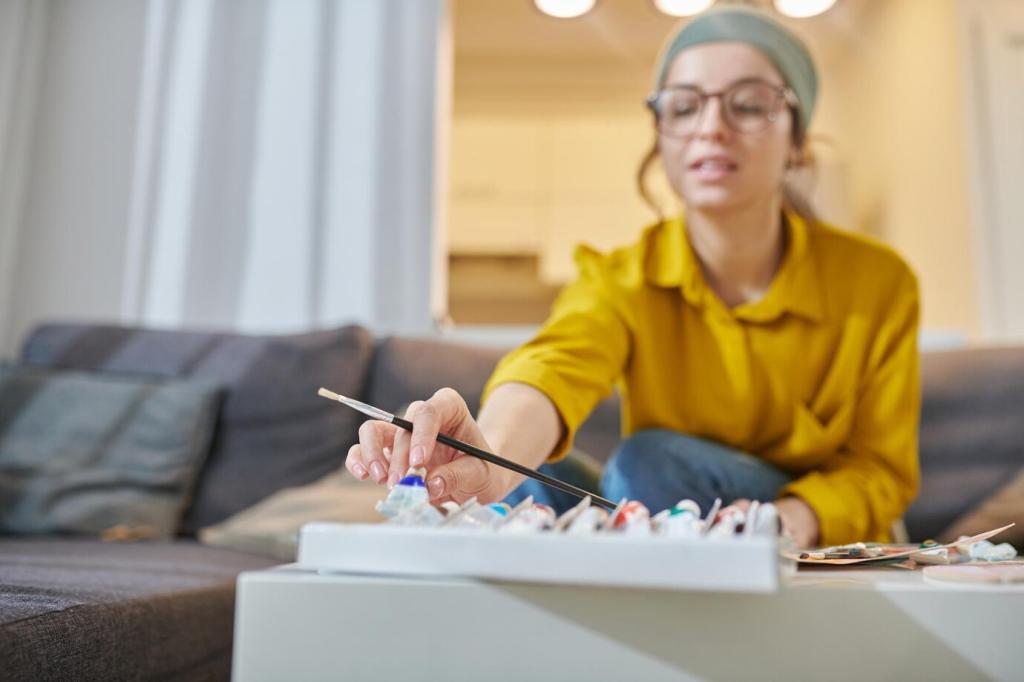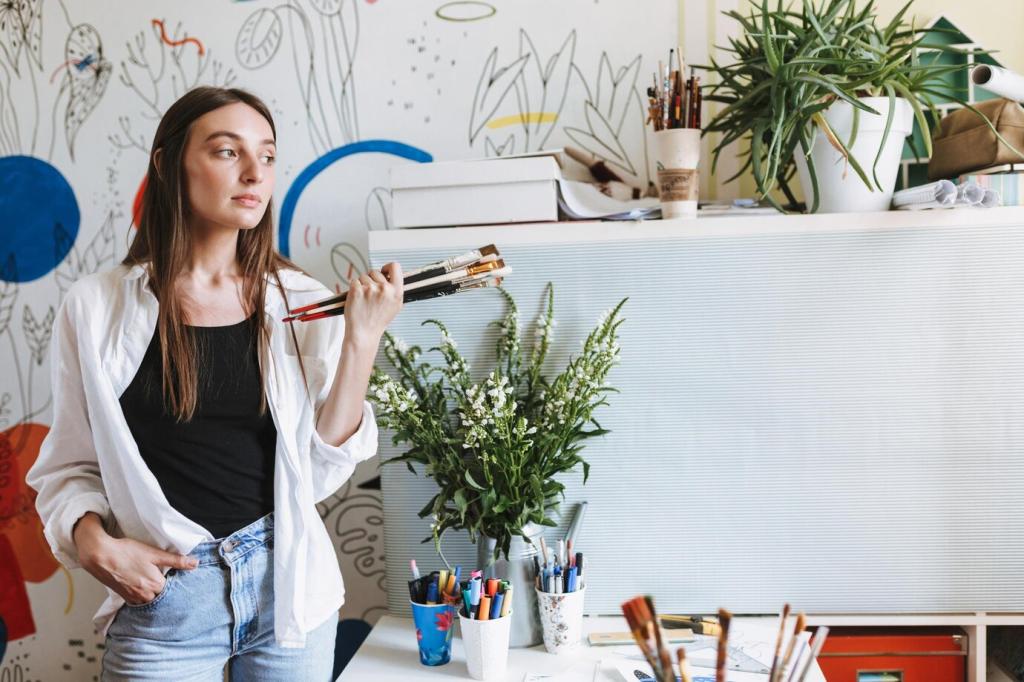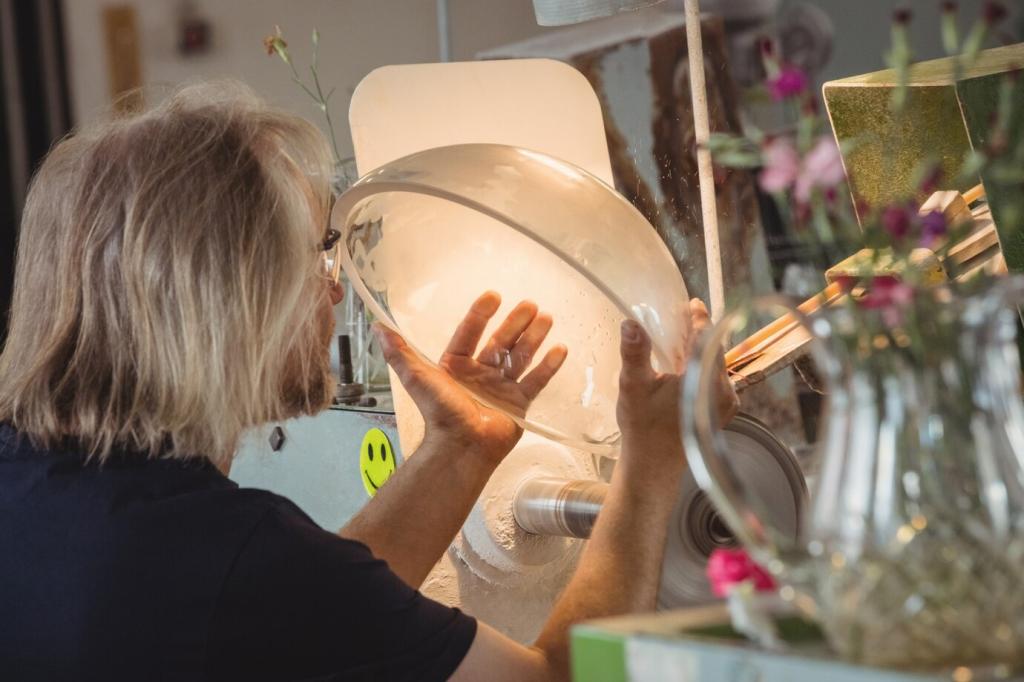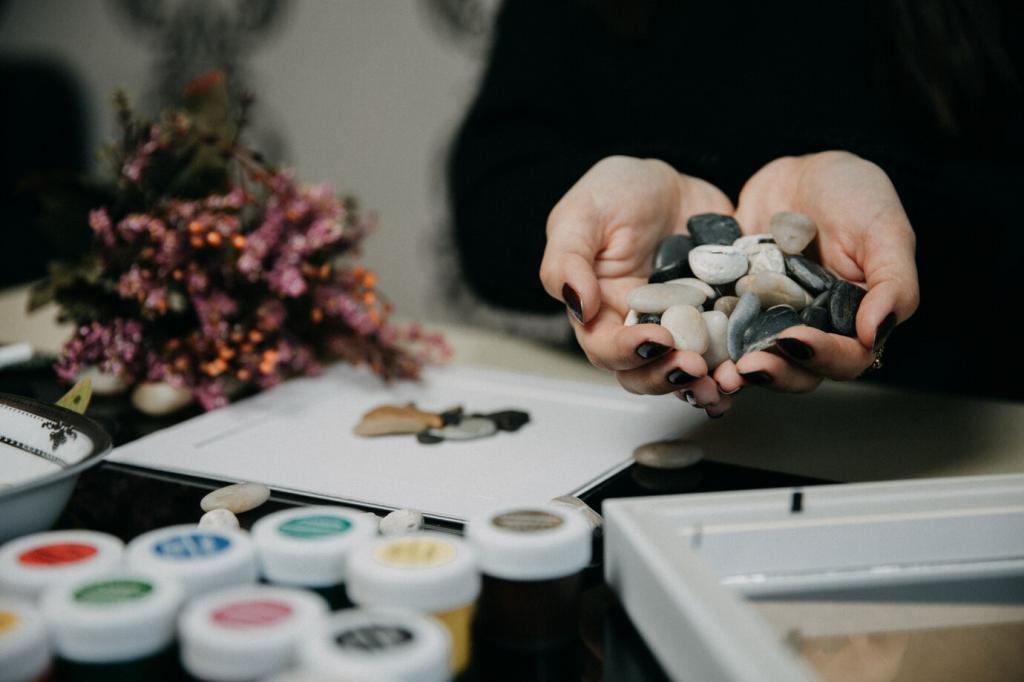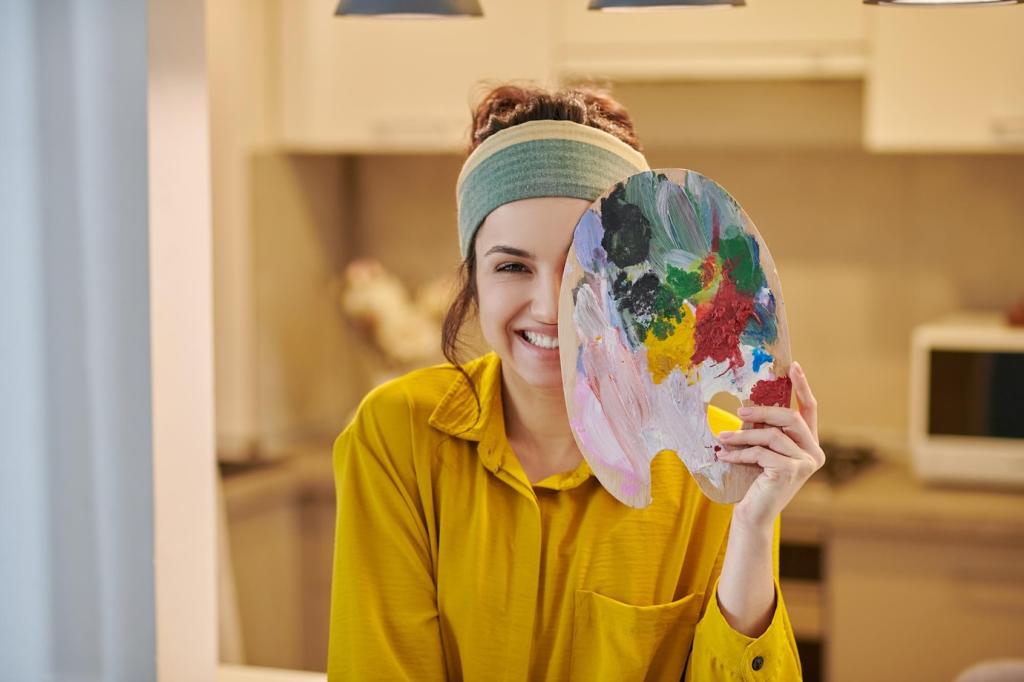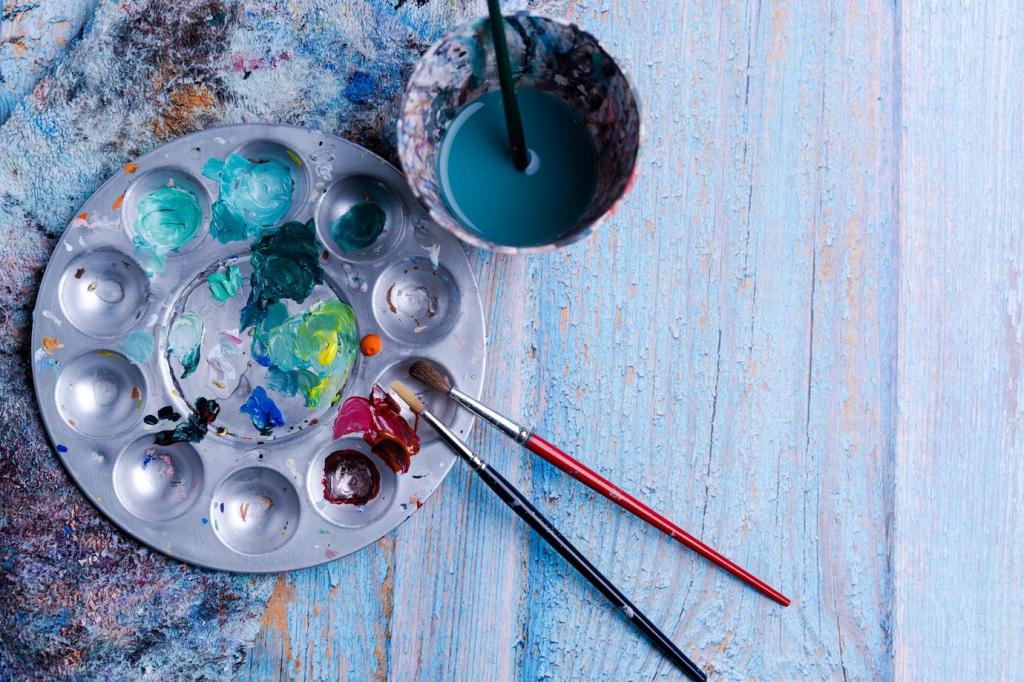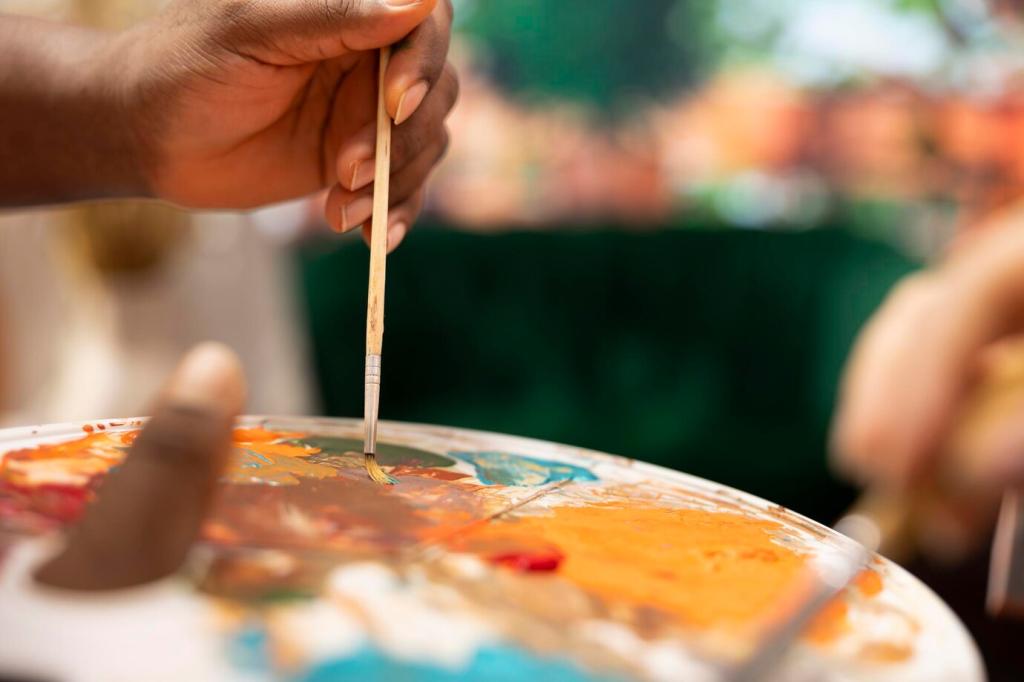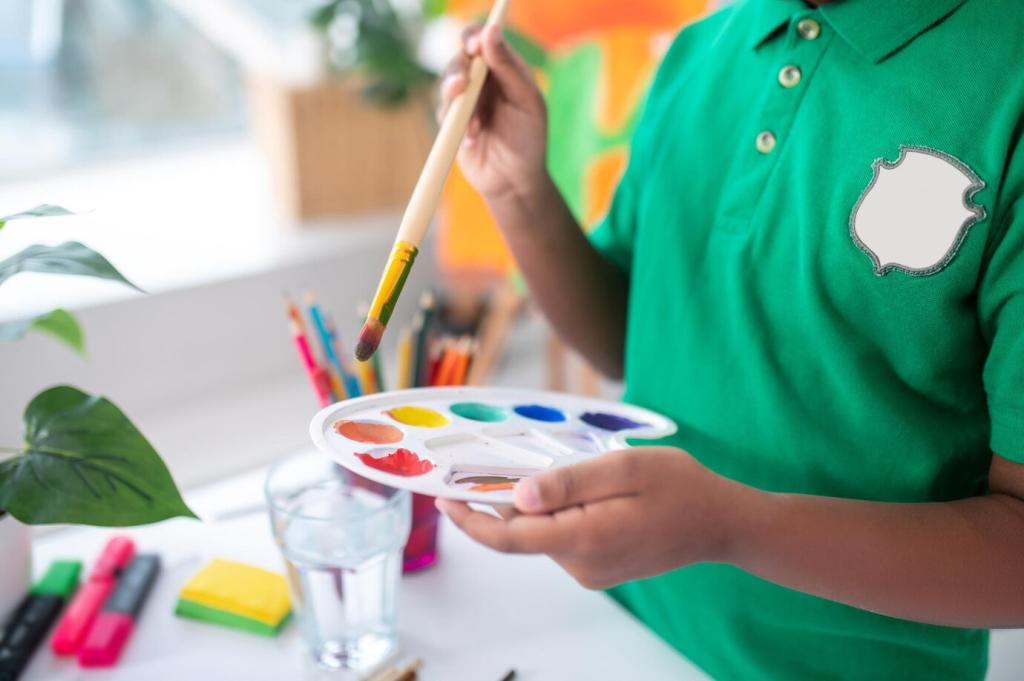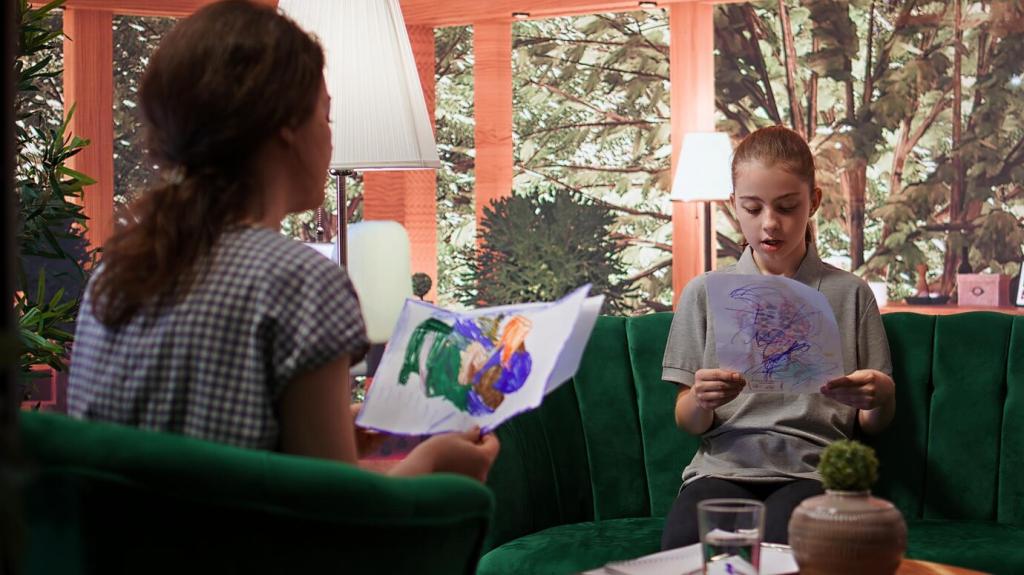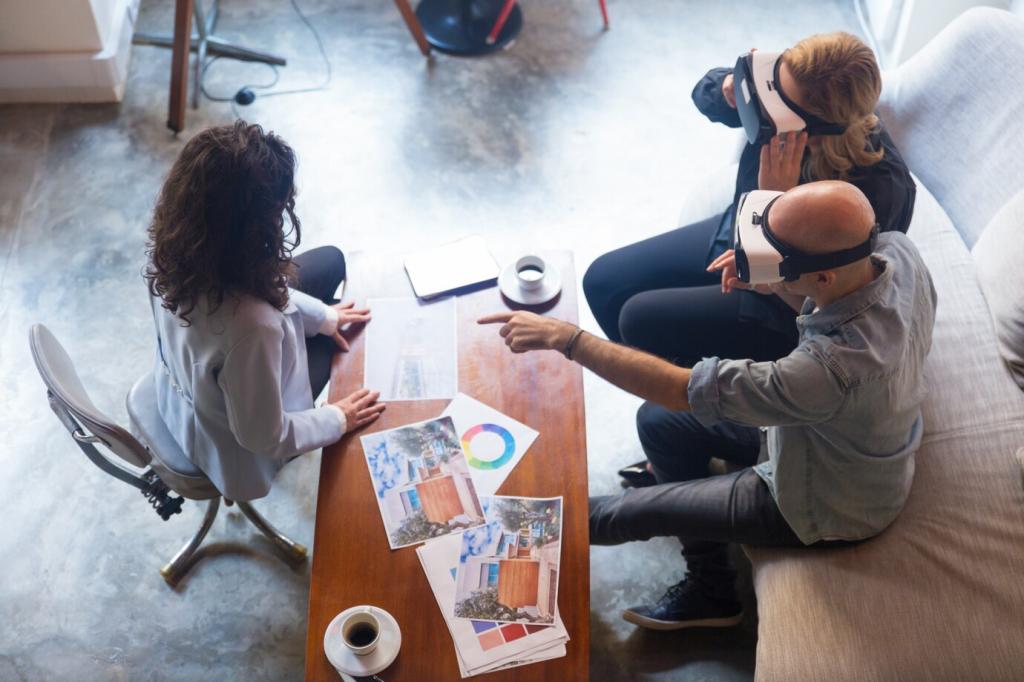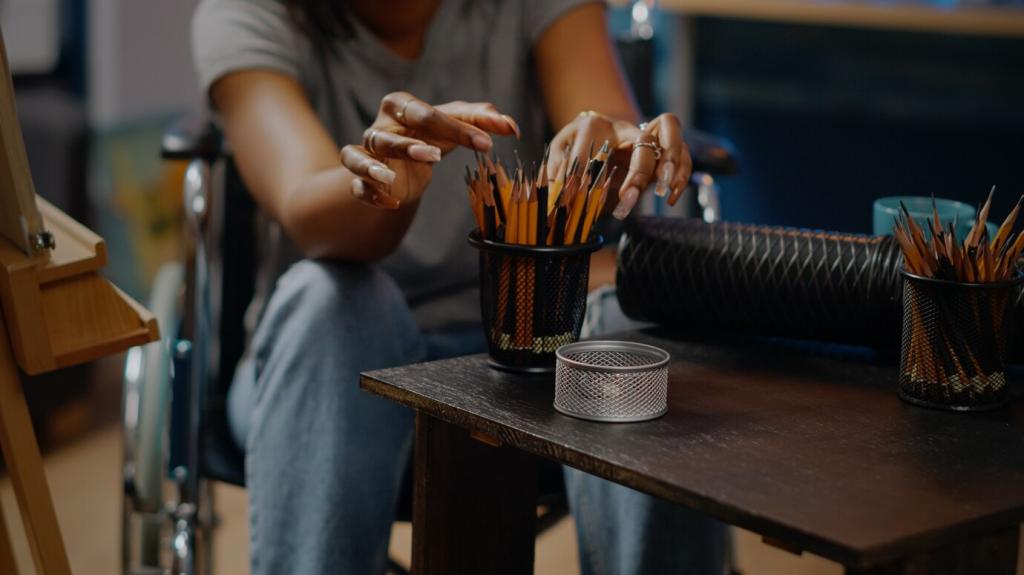Join the Conversation, Shape the Feeling
Tell us about a sculpture that moved you—where you were, what you noticed first, and how your body reacted. Add a photo if you can, and describe the angle or light. Post in the comments so others can respond and build a richer map of emotional experiences together.
Join the Conversation, Shape the Feeling
Join our list for weekly prompts, behind-the-scenes process photos, and guided looking exercises aligned with this theme. We respect your attention and keep notes concise, purposeful, and practical. Subscribe today and practice transforming materials, movements, and moments into emotions you can hold and share.

